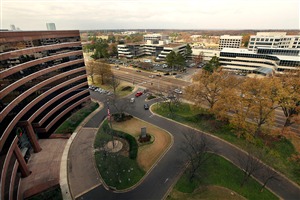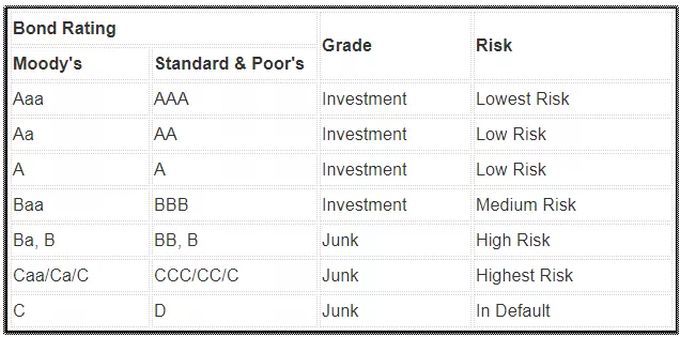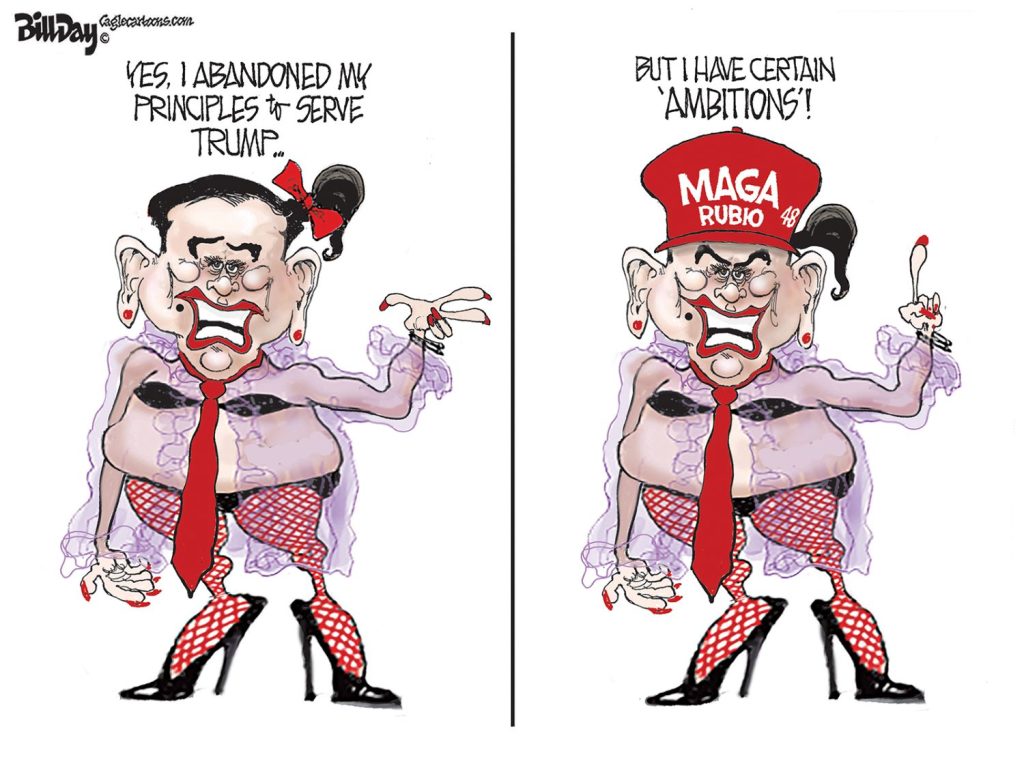We live in strange times.
Shelby County Board of Commissioners Chairwoman Heidi Shafer says her government may sue City of Memphis for its new policy that eliminates sewer extensions in the unincorporated area of the county.
First, we’re not sure why she thinks county government even has a role in this.
Her justification is that there are developments in unincorporated Shelby County that needs these sewers. In other words, once again, Shelby County Government thinks its primary constituents are developers and its job is to enrich them – an attitude that caused unsustainable sprawl that almost bankrupt the government with a debt of $2 billion.
It Was County Government That Voided The Agreement
Second, we’re not sure how county government can suggest that city government is breaking its word when it’s been county government that has made a habit of breaking its word to the detriment of city taxpayers in some substantial agreements with City of Memphis.
For example, when all the governments came together to develop a growth plan following the passage of Chapter 1101 (Tennessee’s Growth Policy Act) by the Tennessee Legislature in 1998, they agreed to specific annexation reserve areas for each government. With this assurance, City of Memphis extended sewers in the belief that they could rely on the agreement and on the state laws that required a growth plan by every county in the state (except for Nashville, where the government was consolidated).
Despite this agreement bearing the signature of Shelby County officials, it was county government that led the movement to decimate the cornerstones of that agreement. It began when county government abandoned its 40-year policy of staying neutral on annexation issues and urged the state legislature to weaken city government’s power to annex.
That had never taken place previously. Former Shelby County Mayor Bill Morris, when pressed to oppose a Memphis annexation, said: “County government doesn’t have a dog in this hunt. Regardless of what happens, they are still in the county.”
A Heavy Hand
The irony was that city government had already decided by the time of county government’s policy reversal that its aggressive annexation policies since 1970 doubling the size of the land area that needed city services, which drove up costs and hollowed out the city itself, was poor policy and was laying the groundwork for a shift in philosophy.
The shift in the county’s neutral position on annexation was the first shoe to drop. The second was when county government subsequently supported the move to strip Memphis of its extraterritorial jurisdiction – which required Memphis to have a voice and a vote on all proposed developments and zoning changes within five miles of the city border.
Shelby County Government supported this change, which was foundational to the very growth plan it had signed. In essence, it was going back on its word and blowing up the agreement that Shelby County Government had with City of Memphis and the other towns.
So, after these betrayals and violations of past agreements, the comments by Ms. Shafer suggesting that Memphis city government isn’t being fair sets a new standard for audacity.
Simpler Times
The ultimate irony of all of this is that the Tennessee Growth Policy Act was designed to eliminate confusion between governments, to encourage cooperation between governments, to resolve “extra-territorial jurisdiction issues among all local governments,” and to create a “model of wise and modern ‘smart growth’ planning.” To show its good faith in the negotiations for the growth plan agreement, City of Memphis relinquished 150 square miles of land that were previously in its annexation area (it’s a fact that’s rarely cited by the people whose main talking point is that Memphis of only being interested in “land grabs”).
The objectives of the growth plan agreement now seem quaint notions from a long past time. With backing from Shelby County Government, the Tennessee Legislature made annexation harder and backmailed city government into giving back some of the land it had previously annexed. It may be called deannexation but it was an unprecedented attack on the long-standing rights of cities and county government was a co-conspirator to get it done.
It seems a good time to remember that a fact that often seems forgotten by some county commissioners: 70% of Shelby Countians live in Memphis and pay county taxes.
In 1996, when city and county governments were headed toward an impasse over extending sewers into Gray’s Creek, Shelby County Mayor Jim Rout stepped forward to represent the financial interests of developers in negotiations that produced the Balanced Growth Agreement, effectively putting millions of dollars into developers’ pocket.
As part of the agreement, county government agreed to pay $2 million for a special revitalization fund for Memphis (although we question if the total amount was paid). With that precedent in mind, Ms. Shafer should be thinking about a financial incentive that county government could provide to City of Memphis. It seems to us that the ball is in her court, and just threatening to sue Memphis doesn’t rattle a city government that has floors full of lawyers. If you want sewers, come with a proposal.
No Standing for Lawsuit
As my grandmother used to say, “she’s just talking to hear herself talk,” because of several factors: (1) unless the county charter has changed, only the mayor can file lawsuits (even if the county commissioners recommend it); (2) county government has no standing in court because it has not been harmed by the change in city policy; and (3) if she’s concerned that there are projects in the unincorporated area of Shelby County that need sewers, filing a lawsuit and staying in court for years does nothing to help them.
Memphis Mayor Jim Strickland has commented in a modulated way about all of this, and he’s done a good job of doing what his oath of office requires of him: single-mindedly serving the interest of the city he was elected to lead.
That oath of office requires him to make the best decision for his constituents and on the sewer issue, he has clearly done that.
This Is An Area That Needs Help?
Speaking of Ms. Shafer, her recent idea to create a Tax Increment Financing (TIF) District from I-240 east to Kirby Parkway is the worst we’ve heard since the days when she tried to block FedExForum from being built, which was required for the Grizzlies to move from Vancouver, Canada, to Memphis.
TIFs are incentives designed to encourage private development and thus raise property values above what they would be without the improvements. The incremental increase in the property taxes are used to pay the bonds for infrastructure improvements like sidewalks and streets. In other words, a TIF is a method used by local governments to pay for community improvements with future tax revenues.
The justification for this TIF is embarrassingly thin, especially when it is argued that it is needed to keep this stretch of Poplar Avenue in optimal shape.
Here’s the thing: that stretch of Poplar Avenue has seen major investments for years and taxpayers and it is thriving. It is curious that she has selected a portion of Poplar east of the interstate interchange where influential politically-connected people live and work. After all, it is just as easy to make the same argument for just about any section of Poplar Avenue from Highland Street on.
Robbing Peter Without Paying Paul
It is a shame that once people with power saw the money from a TIF district, they made sure that the incentive was loosened up to apply to them rather than to the blighted areas that it was initially intended for in Tennessee when they were originally passed by the Legislature in 1978.
In addition, TIFs fail when they shift development rather than creating it in parts of Memphis where they can be used to strengthen an at-risk area from losing its economic base to areas like Poplar Avenue east of I-240 where there is hardly a need for incentives to protect, attract, and create businesses. With all the much more serious needs in the core city, it’s hard to justify millions of tax dollars being taken off city and county budgets in an area where it essentially means that the rich get richer.
After all, the most prominent business in this stretch of Poplar Avenue is International Paper, which is now in its second 15-year tax freeze. Over the 15 years, its tax waiver will mean that it does not pay $56.9 million to city and county governments.
In other words, if International Paper was paying its full share of city and county taxes, it would be generating enough property taxes to pay for any improvements needed on Poplar Avenue for generations.
Ms. Shafer said she is proposing the TIF district because “the city is pretty strapped for cash. They’re not investing in Poplar.” What investments they exactly need to be making is hard to see in the midst of the constant traffic and new businesses there, but more to the point, if she’s worried about city finances, she can advocate a TIF district that only captures county government’s property taxes so Memphis could keep its?
That way, she would really be helping out city government she says she is so concerned about.
***
Join us at the Smart City Memphis Facebook page for daily articles, reports, and commentaries that are relevant to Memphis.






Heidi is running for the State Senate in the suburbs and feels she has to cuddle up to the developers and other big money interests to finance her political campaign.
Thanks Tom. You have succinctly recapped the “devil deals” of the late 1990’s and early 2000’s. The City was raped and pillaged by the County and its political interests and is, and will be, suffering from those bad decisions for decades yet to come.
The TIF proposed for the Poplar Corridor is so inane and ridiculous that it needs no comment other than, “They are back at it again.” The Poplar Corridor Plan in the early 1990’s set out a comprehensive plan that has for the most part, has been followed by the City in its investments in infrastructure and the developers of some of the most valuable property in Memphis and Shelby County.
Please politicos let’s not repeat the mistakes of the past. We still have time to build a better and prosperous Memphis.